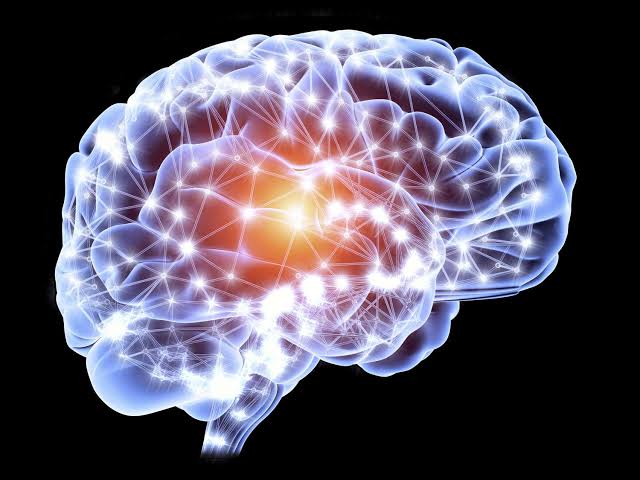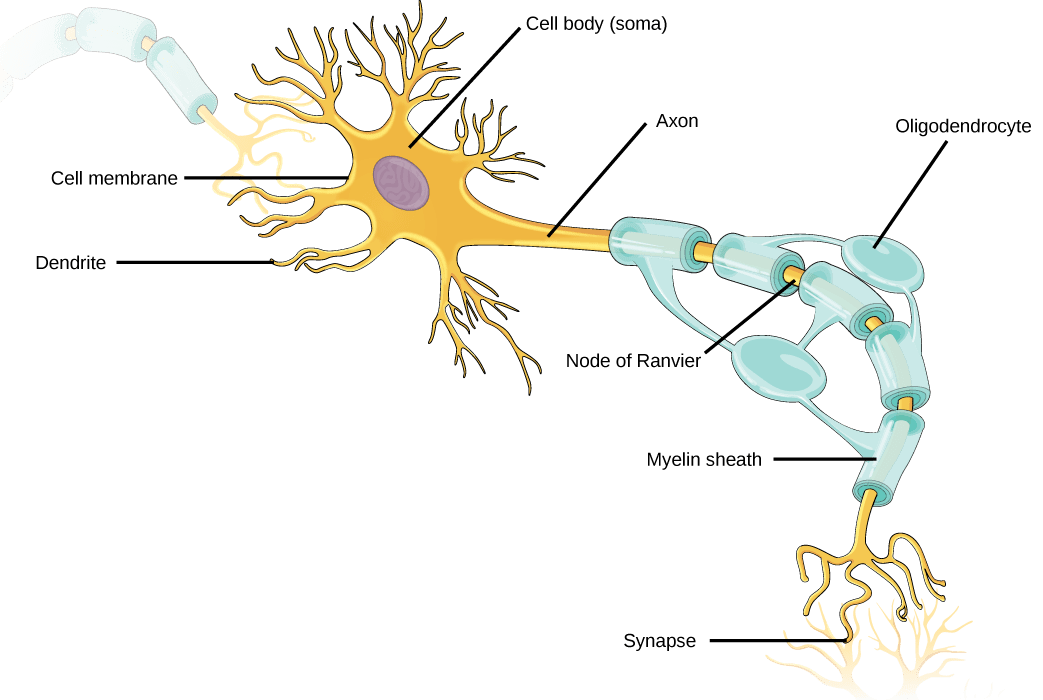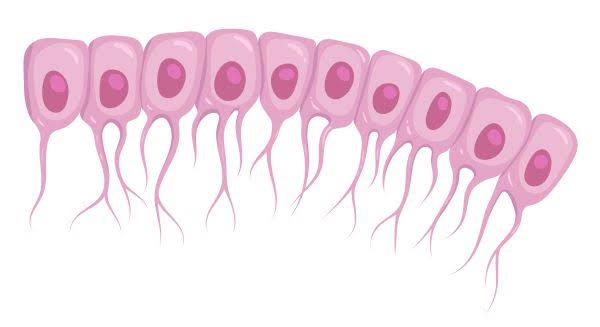The Marvels of Brain Cells : Unraveling the Intricacies of Neurobiology
Introduction:
Within the vast landscape of the human brain, an intricate network of cells forms the foundation of our cognitive abilities and neurological functions. As medical professionals, understanding the complexities of brain cells is crucial for comprehending brain disorders, developing treatments, and promoting brain health. In this blog, we will explore the remarkable world of brain cells, known as neurons and glial cells, shedding light on their structure, function, communication, and the crucial role they play in maintaining our mental faculties. Let us embark on this fascinating journey into the realm of neurobiology.
Neurons: The Masters of Communication:
Neurons are the primary cells responsible for transmitting electrical and chemical signals throughout the nervous system. These remarkable cells consist of several key components:
Cell Body (Soma): The central part of the neuron that contains the nucleus and other organelles necessary for cellular function.
Dendrites: Branch-like extensions protruding from the cell body that receive signals from other neurons.
Axon: A long, slender projection that transmits signals away from the cell body to other neurons or target cells.
Synapses: Junctions between neurons where information is transmitted via neurotransmitters, chemical messengers that bridge the gap between neurons.
Neurons are classified into various types based on their structure and function. Sensory neurons detect and transmit sensory information, motor neurons control muscle movements, and interneurons facilitate communication between other neurons. This intricate network allows for rapid and precise signaling throughout the nervous system.
Glial Cells: The Unsung Heroes:
While neurons steal the spotlight, glial cells provide vital support and maintenance functions within the brain. They outnumber neurons and play crucial roles in nourishing, protecting, and insulating neurons. The main types of glial cells include:
Astrocytes: These star-shaped cells provide structural support to neurons, regulate the chemical environment in the brain, and contribute to the formation and maintenance of synapses.
Oligodendrocytes: These cells produce myelin, a fatty substance that wraps around axons to insulate and enhance the speed of electrical signal transmission.
Microglia: Acting as the brain's immune cells, microglia are responsible for detecting and removing damaged cells, toxins, and pathogens from the brain.
Ependymal Cells: These cells line the fluid-filled cavities of the brain, known as ventricles, and assist in the production and circulation of cerebrospinal fluid.
Neurotransmission: The Language of the Brain:
Neurotransmission is the process by which neurons communicate with one another. It involves the release, reception, and binding of neurotransmitters at synapses. When an electrical signal reaches the end of an axon, neurotransmitters are released into the synaptic gap, where they bind to specific receptors on the dendrites of the receiving neuron. This binding initiates electrical impulses in the receiving neuron, perpetuating the signal.
Different neurotransmitters have unique functions and effects on brain function. For example, dopamine is involved in reward and motivation, serotonin contributes to mood regulation, and acetylcholine plays a role in learning and memory.
Brain Health and Plasticity:
Maintaining brain health is essential for optimal cognitive function. Neuroplasticity, the brain's ability to adapt and reorganize, plays a fundamental role in this process. It allows the brain to form new connections, strengthen existing ones, and even compensate for damage or injury.
Several lifestyle factors can influence brain health and promote neuroplasticity. Regular physical exercise, a balanced diet rich in antioxidants and omega-3 fatty acids, quality sleep, mental stimulation through activities like puzzles or learning new skills, and social interaction all contribute to brain health and plasticity.
Conclusion:
In the realm of neurobiology, the intricate dance of brain cells orchestrates our cognitive abilities, emotions, and every aspect of our being. Neurons and glial cells work in harmony to transmit information, support neuronal function, and maintain brain health. By delving into the fascinating world of brain cells, medical professionals can deepen their understanding of neurological disorders, develop innovative treatments, and empower individuals to nurture their brain health. As we continue to unravel the mysteries of the brain, we unlock new possibilities for enhancing human potential and well-being.












Comments
Post a Comment